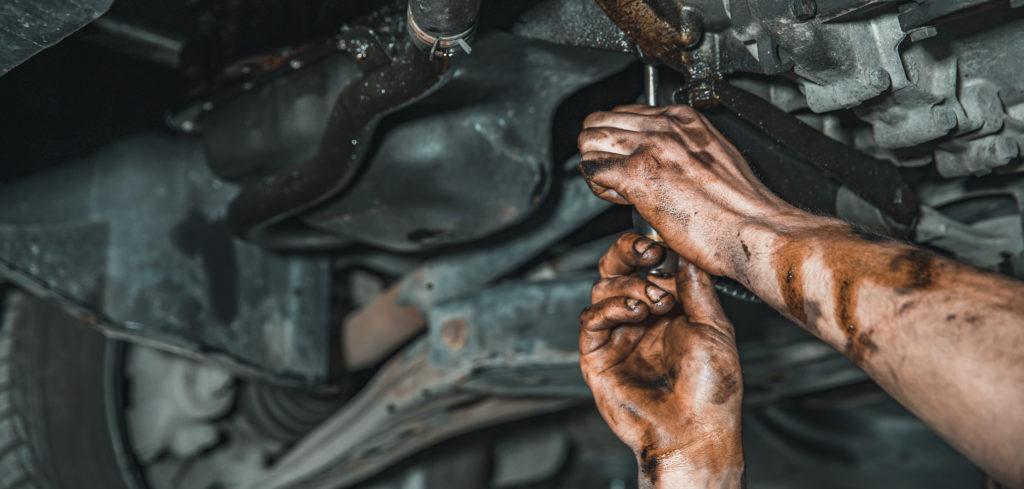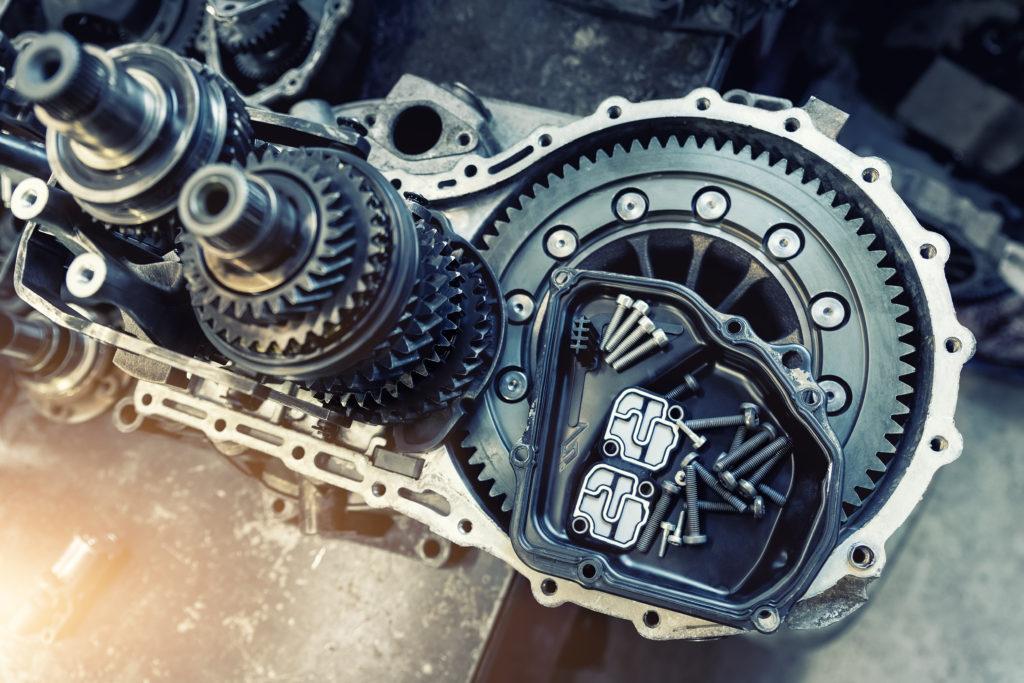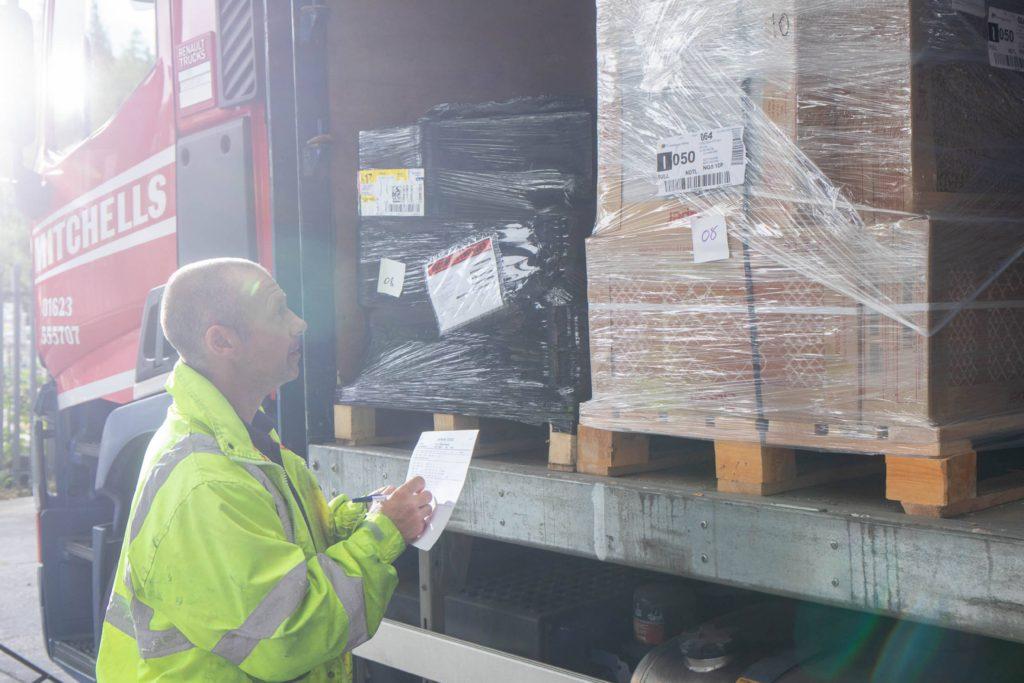Looking to ship a gearbox? Shipping a gearbox is not as straightforward as shipping general cargo, because it is counted as hazardous goods. There are several steps that need to be taken to ensure the gearbox is prepped for shipping. Correctly package a gearbox or engine on a pallet so it is safe to deliver. Because nobody wants to hear that their pallet didn’t make it to their destination!
“There’s a lot that can go wrong when delivering hazardous goods. Our top priority at Mitchells is safety for our customers and our team.”
Richard Montgomery, MD of Mitchells
Many things can go wrong when shipping a gearbox, such as not using a sturdy box or packaging which could lead to breakage or damage. A weak pallet may not be able to handle the weight of the gearbox or improper drainage which could lead to oil leaks.
This step-by-step guide will help you get your gearbox to its destination safely without any hiccups and give you peace of mind.
Contents

Potential problems when shipping a gearbox
Not every pallet delivery service provides collection and delivery of engines or gearboxes. This is because of the hazardous fluids which can be a major concern for distributors. A leak from a gearbox or engine can cause slip accidents or even fire because of the hazardous fluid. Many companies refuse to take on the extra risk of shipping these hazardous items.
There’s also the potential damage that can happen when shipping an engine or gearbox as they are heavy and contain delicate internal components. This can lead to longer times due to extra care needed when handling. Mishandling of the gearbox can cause damage to the gearbox itself and surrounding cargo, which can lead to higher insurance premiums for businesses that deliver hazardous goods.
So when sending a gearbox on a pallet it’s important to ensure that the company has experience delivering hazardous goods and is prepared to deal with the unique challenges of sending a gearbox on a pallet.
Luckily for you, we can deliver engines and gearboxes. Your gearbox can go through our normal network but you have to complete a pre-approved engine shippers form available from our sales department. Please contact our team at sales@mitchellsofmansfield.com for a form.
We also work with The Hazchem Network to ensure the safety of your delivery of hazardous goods. The Hazchem network is the only ADR hazardous goods Pallet and parcel network in the UK offering >99.5% OTIF and 100% compliance.

Preparing your gearbox for collection
Step 1: Drain your gearbox
At Mitchells, safety is our top priority. That’s why we can’t accept gearboxes containing oil for transport through our network. Some reasons for this include the danger of slipping as gearbox oil is slippery and even a small leak can create a major slip hazard for warehouse staff and drivers. Leaking oil can damage surrounding cargo as gearbox oil is very flammable. Even the tiniest of sparks can ignite the oil, posing a significant fire risk.
The best way to ensure safety is to drain the gearbox of oil. Depending on the amount of oil, you can either completely drain it into a container for reuse or dispose at a designated oil recycling facility.
We would recommend placing your gearbox on an absorbent material for at least 24 hours to catch any residue drips. You should also place additional absorbent material under the gearbox on the pallet for added protection during transport.
Step 2: Placing the gearbox on the pallet
The positioning of the gearbox on the pallet matters. When it comes to best practices to ensure safety, place the gearbox in the centre of the pallet securely wrapped in protective materials to prevent damage during transit. Ensure the gearbox has space from the edge of the pallet in case of movement when being delivered.
Step 3: Secure the gearbox to your pallet
You’ll want to use high-quality ratchet straps to firmly secure the engine to the pallet. Create a crisscross pattern with the straps for maximum stability. Engines that overhang on the pallet might be charged for additional pallet space. By using a properly sized pallet, you can avoid these extra fees.
Step 4: Pallet inspection by our drivers
It’s important to follow the rules when preparing for your pallet collection as our drivers have the right to deny any pallet that isn’t correctly and safely loaded. Our drivers will check for the removal of hazardous fluids and ensure the gearbox is correctly secured onto the pallet.
Once your pallet has been inspected by our drivers and accepted as suitable for delivery, our drivers will take your gearbox delivery with them to its next destination.

FAQs
- How much does it cost to ship a gearbox or engine?
You can call our team on 01623 528657 or email us at sales@mitchellsofmansfield.com to get a quote.
- Why can’t I ship a gearbox with oil in it?
Gearbox oil is hazardous. Leaks can cause slip hazards, damage surrounding cargo, and pose a fire risk.
- Do all pallet delivery companies accept gearboxes?
No, not all companies handle hazardous materials. Look for companies with experience shipping gearboxes or hazardous goods.
- How do I drain the oil from my gearbox?
Consult your gearbox manual for specific instructions. Generally, you’ll find a drain plug to remove the oil and a container to catch it for proper disposal or reuse.
Summary
Shipping a gearbox can seem daunting, but with the right preparation, it can be a smooth journey. This step-by-step guide has equipped you with the knowledge to ship a gearbox, ensuring your gearbox arrives safely and securely.
Remember, gearboxes are considered hazardous materials due to the oil they contain. This means proper drainage and secure packaging are crucial. By following the steps outlined here – from draining the oil to securing the gearbox on the pallet – you can avoid common pitfalls and ensure a hassle-free experience.
With careful preparation and the right partner, your gearbox will be on its way in no time!